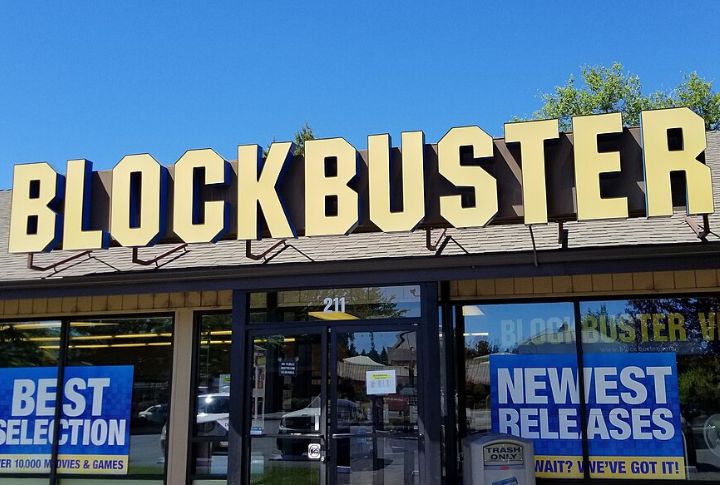
Before the internet changed everything, certain stores became part of everyday life. They shaped trends and gave millions their first job or first big purchase. Even though those doors are shut, the names still spark memories. You might recognize a few as part of your own history. Let’s take a stroll through the stores that once stood tall.
Woolworth’s
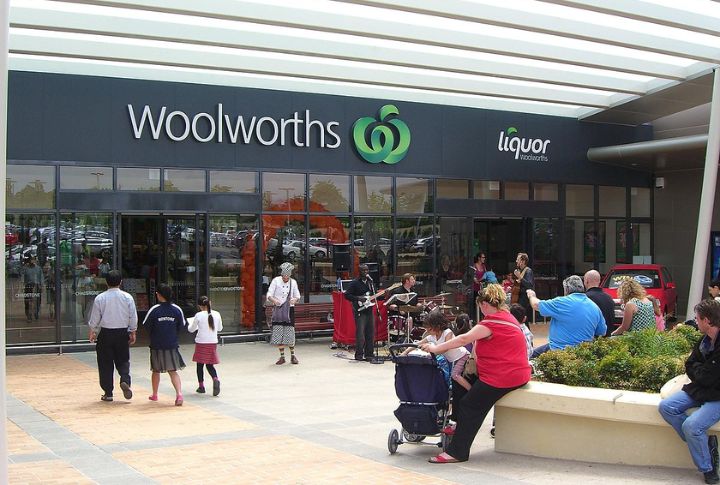
Woolworth’s changed shopping forever by introducing fixed prices. Its open-shelf format gave customers freedom to browse on their own. At its height, it ran more than 5,000 stores across the globe and laid the groundwork for what would later become the modern mall.
Montgomery Ward
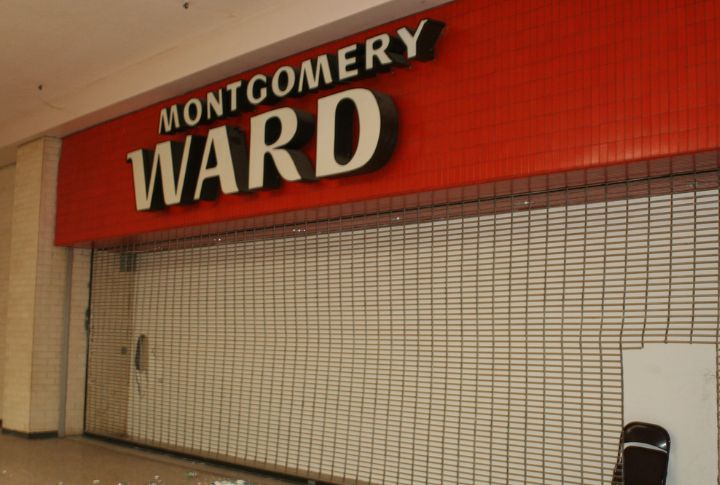
This company mailed out dreams before anyone imagined online orders. It started with catalogs in 1872, eventually growing into hundreds of stores. Rural shoppers finally had access to household goods without leaving town, creating a retail revolution through the post.
Blockbuster
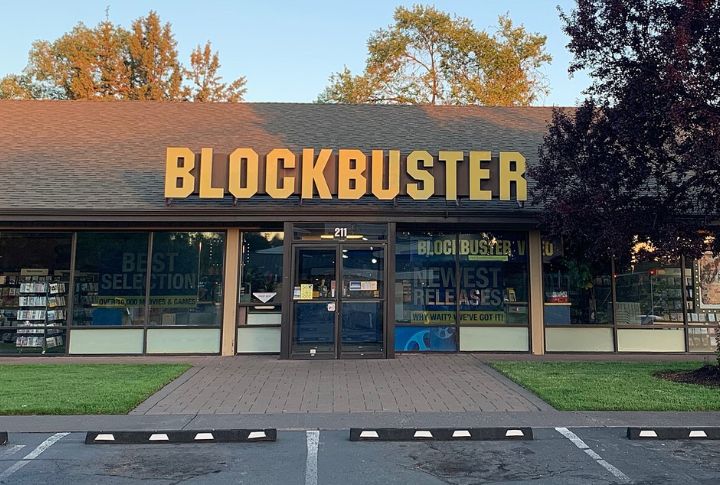
Movie nights used to begin with a trip to Blockbuster. The stores had walls of VHS tapes and that unmistakable popcorn smell. At its peak, over 9,000 locations welcomed renters weekly. Saying no to Netflix in 2000 became a legendary what-if.
Toys R Us
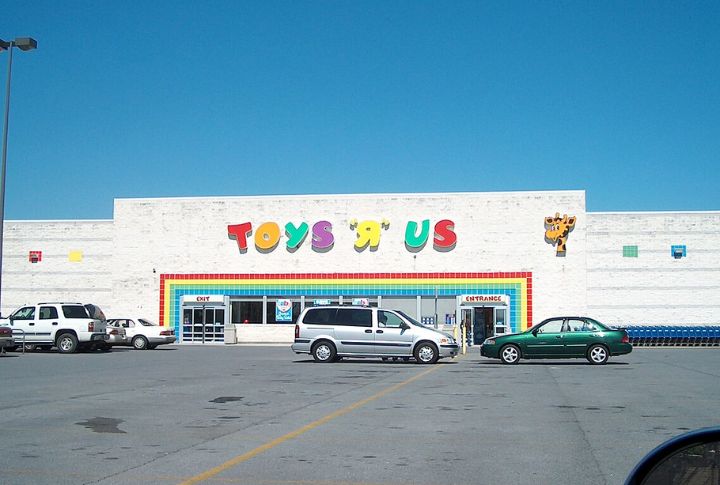
Walking into Toys R Us felt like stepping into another universe. With aisles taller than most kids and Geoffrey the Giraffe waiting, it became the holiday destination. Though the brand faded, it remains a core memory for millions who grew up shopping there.
Circuit City
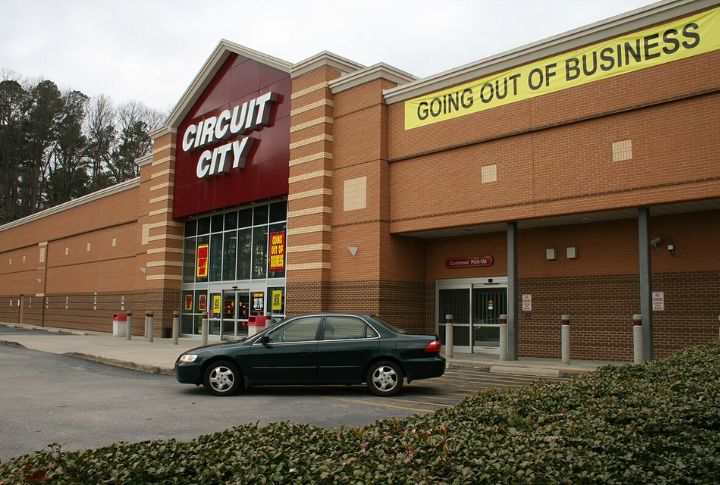
This electronics giant launched in 1949 and helped define the superstore concept. Big displays and early flat-screens made it a weekend stop for tech lovers. Over time, it expanded fast, then vanished just as digital shopping picked up speed.
Borders
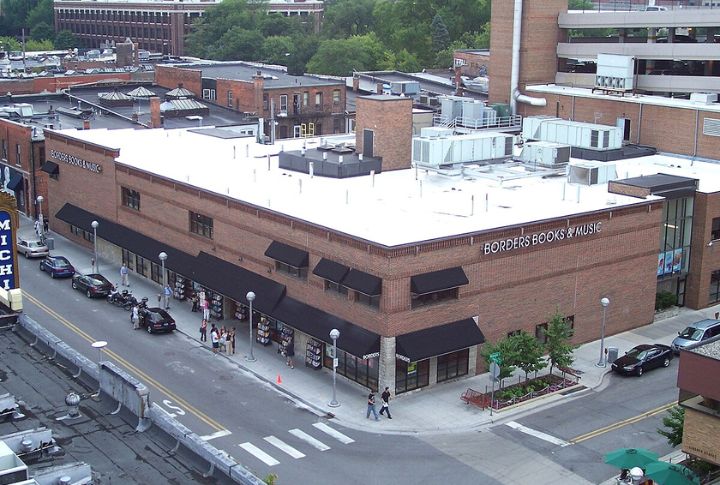
Book lovers often spent hours at Borders, flipping through pages or sipping coffee in a reading nook. The stores were massive, filled with novels, music, and even greeting cards. Online sales shifted the retail scene, but the cozy Borders vibe left a mark.
The Limited
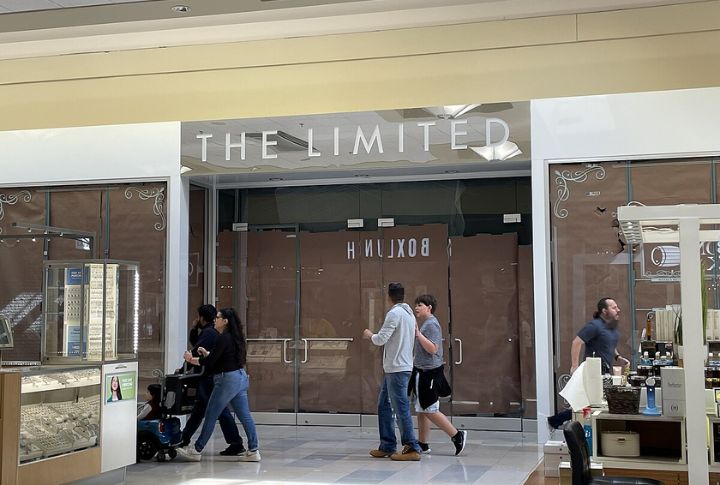
This women’s fashion store played a key role in shaping mall culture. Its racks featured trendy outfits at prices that drew teens and professionals alike. With hundreds of locations nationwide, it built a strong following before eventually fading from view.
Mervyn’s
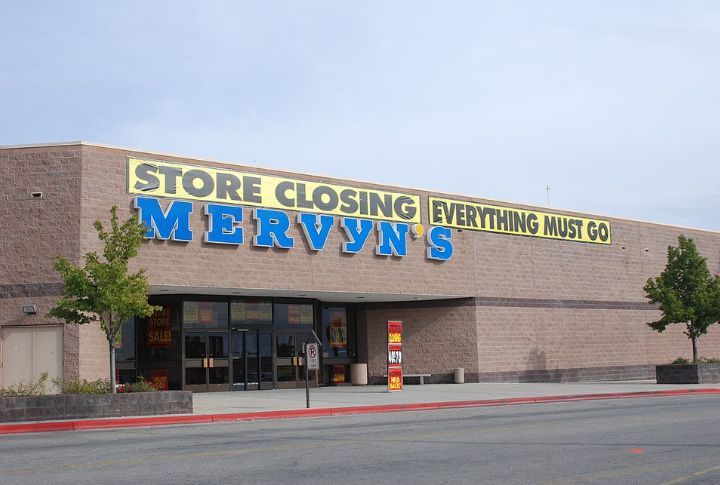
Founded in California in 1949, Mervyn’s focused on affordable clothing and school-time essentials. It had a knack for simple bargains and well-stocked shelves. It stretched into 16 states, becoming a household name for families on a budget.
Tower Records
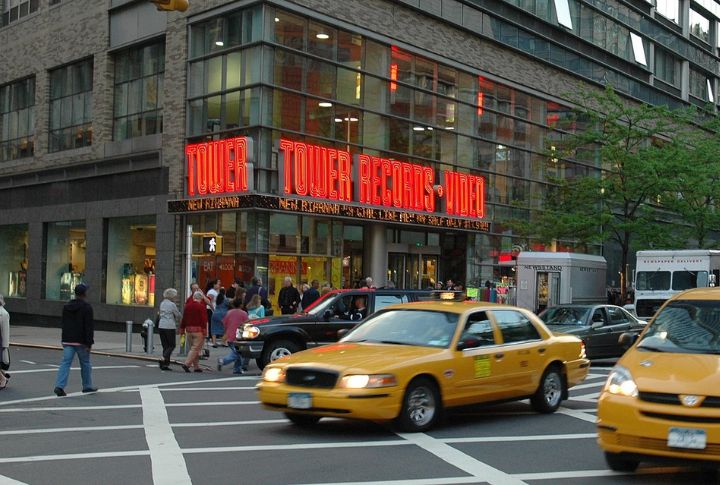
Music fans treated Tower Records like sacred ground. Whether it was vinyl or artist posters, the vibe was unbeatable. Its influence ran deep in pop culture, with stores that pulsed with energy until digital downloads took center stage.
Linens N Things
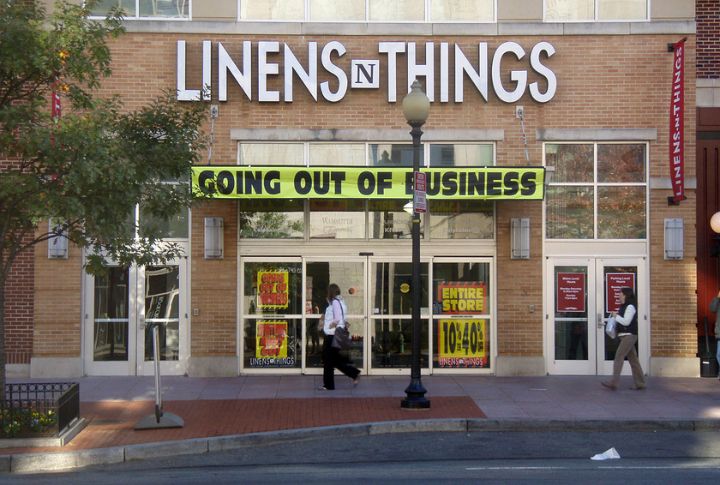
Known for soft home goods and everyday essentials, this chain became a one-stop shop for decor and bedding. It reached nearly 600 stores during its peak years, but then changing trends caused a decline. For a while, it felt like every new apartment had at least one thing from here.
Service Merchandise
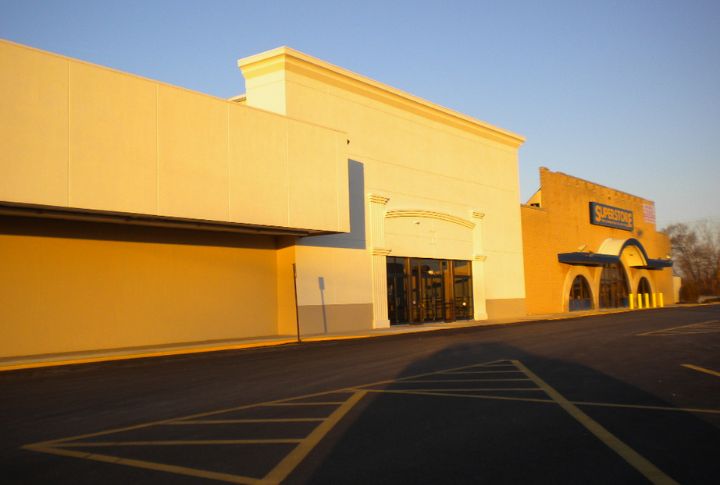
Retail looked different at Service Merchandise—catalogs for choosing, conveyor belts for receiving. That unique system powered over 400 stores during its run. The name may have vanished, but the format inspired a new generation of retail logistics and layout.
Gimbels
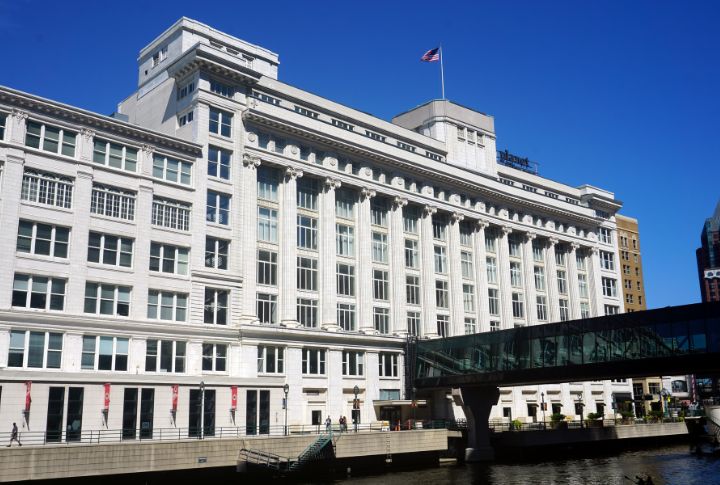
Before Macy’s parades took over TV, Gimbels had already become a household name. It played a massive part in department store history, especially in New York. After 145 years of competition, Gimbels closed its doors, but its rivalry lives on in holiday specials.
Ames
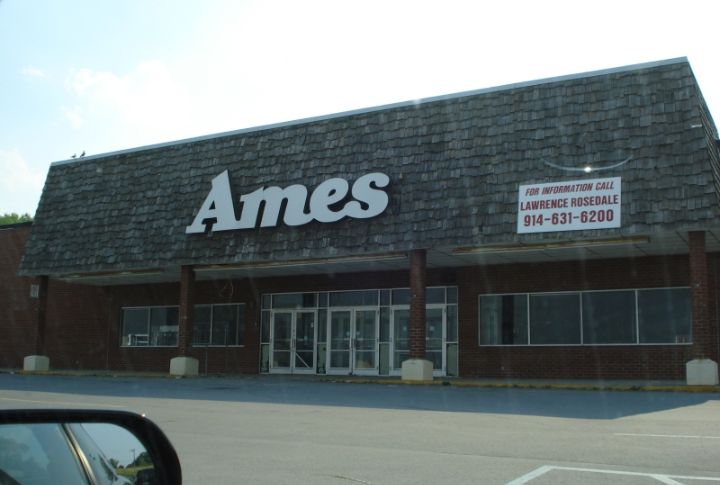
Starting in Massachusetts in 1958, Ames offered affordable options to small-town shoppers. Its growth was swift, expanding into hundreds of locations. While giants like Walmart entered the scene, Ames stayed loyal to underserved communities for decades.
Bradlees
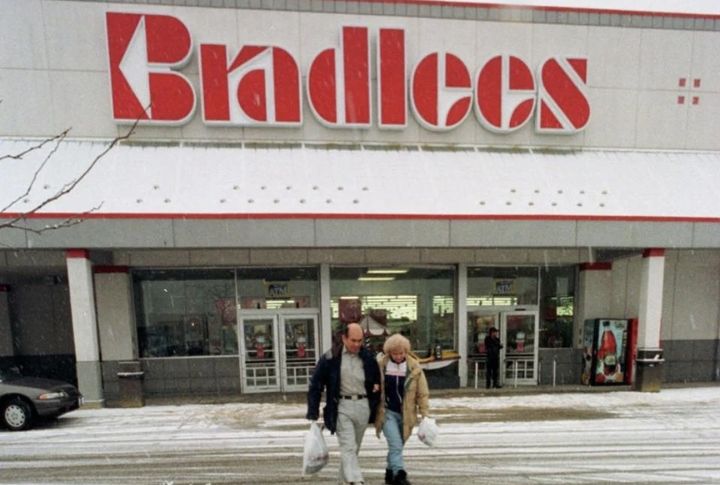
If you grew up in New England, Bradlees probably filled your closet. The discount chain carried everything from clothing to cookware. Budget-conscious families counted on its regular sales, especially during holidays. After a long run, it quietly stepped out of the spotlight.
Zayre
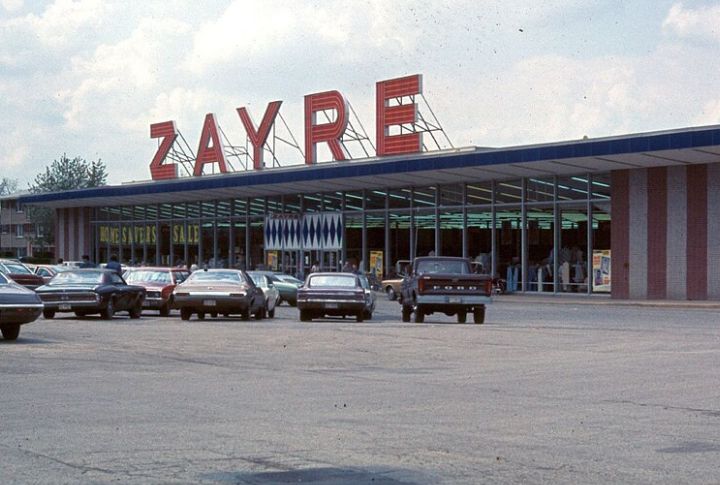
Zayre carved its place in retail with deals that drew in crowds across the Northeast. Its bold signage and no-frills layout appealed to bargain hunters. While the brand eventually sold to Ames, its legacy helped spark what later became the TJX empire.
Rexall
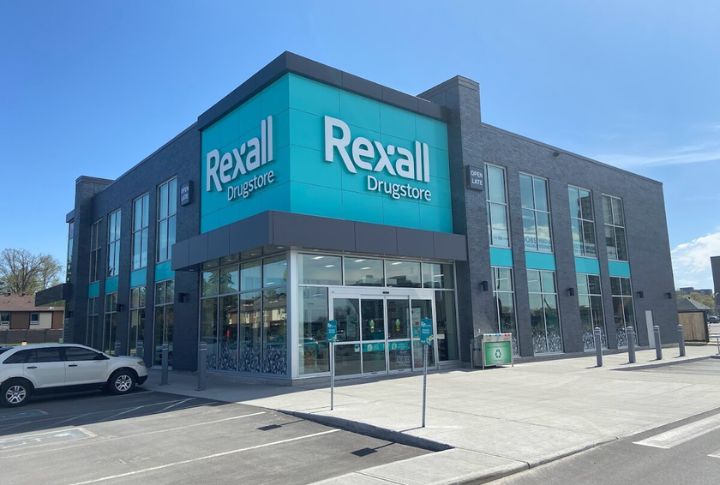
With more than 12,000 drugstores carrying its name, Rexall ruled the streets for much of the 20th century. Its neon signs glowed across small-town America. Locals dropped in not just for medicine, but for milkshakes and conversation at its soda fountains.
Payless ShoeSource
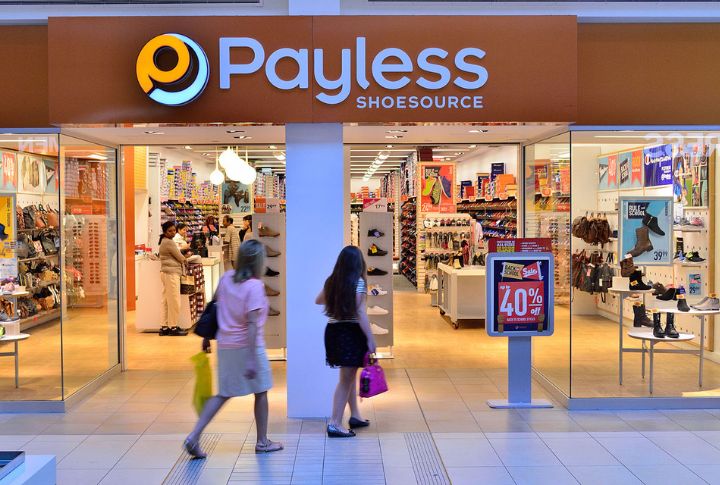
Shoppers loved the self-serve shoe aisles, where deals were easy to spot and the BOGO signs ruled the walls. Payless grew into more than 4,000 stores worldwide, making stylish shoes accessible. Its simple model left a big footprint in retail history.
Gottschalks
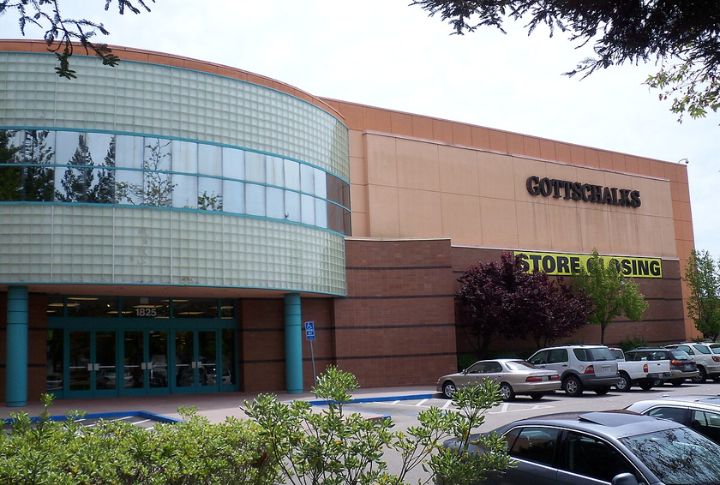
Founded in 1904, Gottschalks earned loyal customers in cities where bigger chains rarely reached. With 58 stores across the West, it served as the go-to department store for generations. Local shoppers still remember its personalized touch and seasonal sales.
Phar-Mor
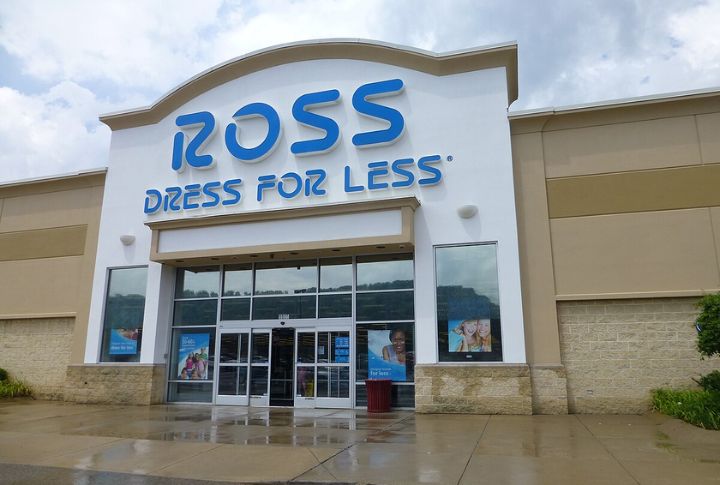
Phar-Mor’s wide aisles, bulk bargains, and discount focus helped it grow to 300+ stores during the 1980s. Branded the “Walmart of Drugstores,” its rapid rise ended in scandal. While the chain collapsed, its aggressive pricing strategy influenced future retail giants.
Best Products
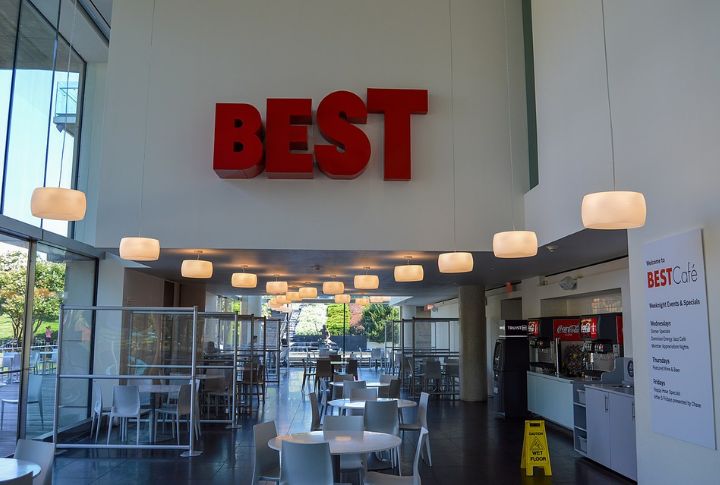
Known for showrooms and quirky architecture, Best Products made shopping feel like a treasure hunt. Its catalog-driven system was part display, part surprise. Shoppers would browse items in-store, then retrieve them from the back like magic. The concept still feels ahead of its time.
